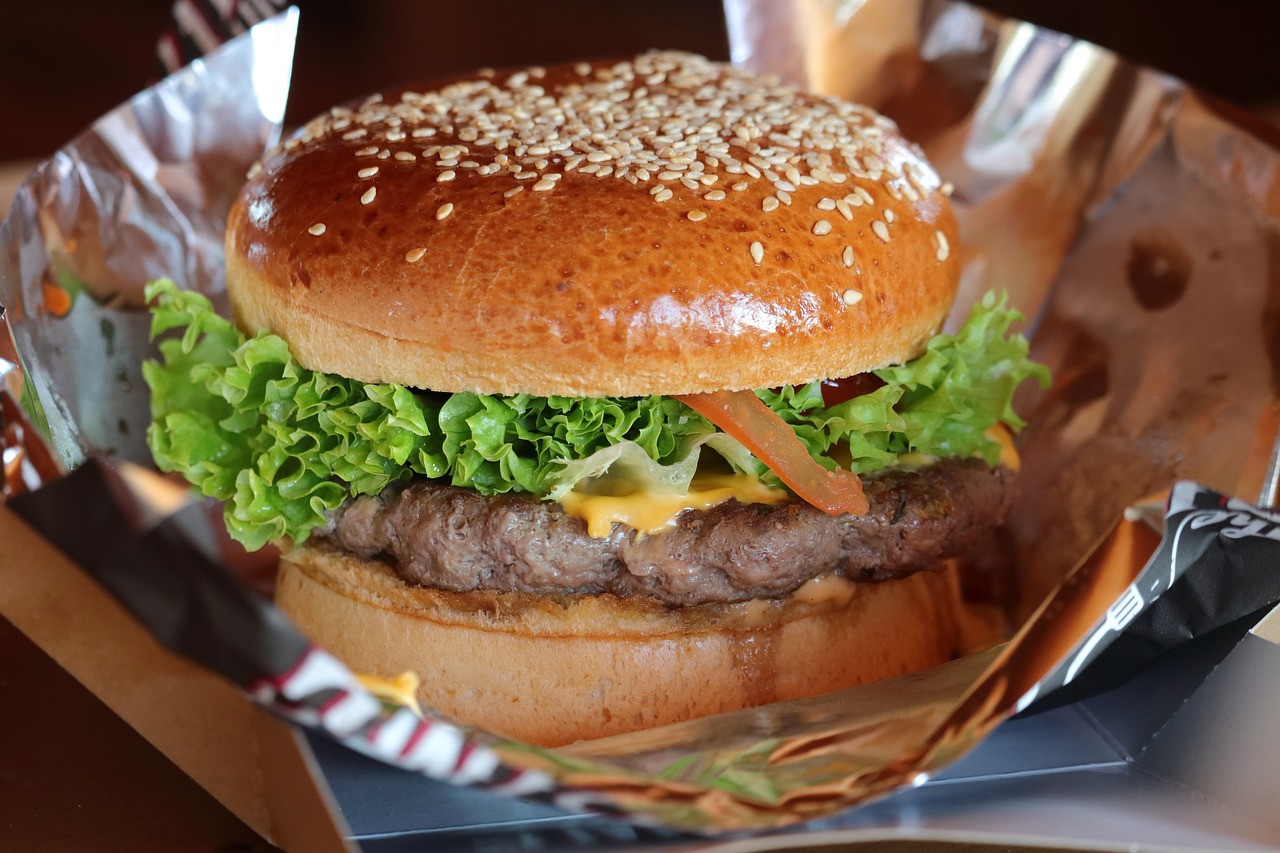
Today is May 28th and on this day in history, we pause to consider the hamburger—not as marketing gimmick or culinary trend, but as something more fundamental. National Beef Burger Day lands in late spring when the grills come out of hibernation and the smell of charring meat drifts through suburban neighborhoods like incense in an outdoor cathedral.
The hamburger arrived in America sometime in the 1880s, though like most origin stories, the details blur into competing claims and passionate arguments. Hamburg steak meets New World practicality. What matters isn’t who first slapped beef between bread, but what happened next—how this simple assembly became woven into the fabric of American identity.
Walk into any diner at 2 AM and watch the short-order cook work his magic on the flatop. The sizzle when raw meat hits hot steel creates its own percussion, a rhythm older than civilization itself. Fire and flesh, the most ancient of partnerships. But here’s the thing about burgers that separates them from their fancy restaurant cousins: they’re democratic. The millionaire and the factory worker order the same basic construction—meat, bread, maybe some vegetables thrown in for good measure.
The burger embodies something essentially American about removing barriers. No utensils required, no special knowledge of how to eat it properly. You pick it up with your hands like humans have done with food for millennia. It travels well, tastes the same whether you’re sitting in a chrome diner booth or standing in a parking lot.
During the Great Depression, White Castle sold burgers for a nickel. Families could afford to eat out, even when eating out meant something different than it means today. The burger became sustenance and small luxury rolled into one handheld package. World War II soldiers carried the taste memory overseas and brought it back home, spreading the gospel of ground beef and toasted buns.
Drive through any small town in America and you’ll find the local burger joint—often outlasting banks, department stores, and everything else except maybe the post office. These places become landmarks not just because of location, but because they anchor communities in shared experience. The high school kids still gather there after football games, just like their parents did, and their parents before them.
The hamburger represents something we’ve lost sight of in our complicated world: the profound satisfaction of simple things done right. Meat cooked properly, bread that holds together, ingredients that complement rather than compete. It’s a small monument to human ingenuity—taking basic elements and creating something greater than the sum of its parts.
Every bite connects us to that long chain of hungry people who figured out that some combinations just work.
Leave a Reply